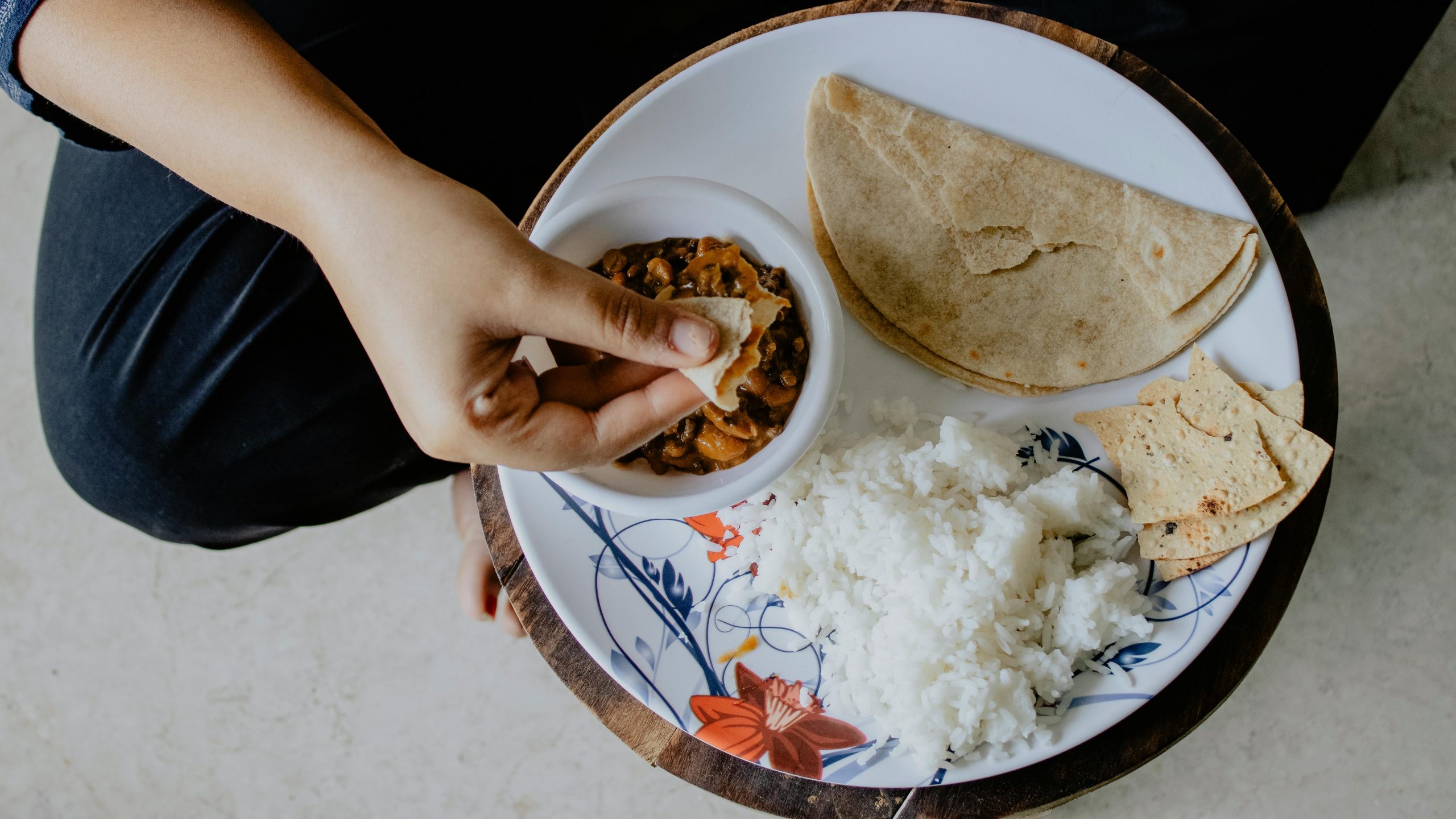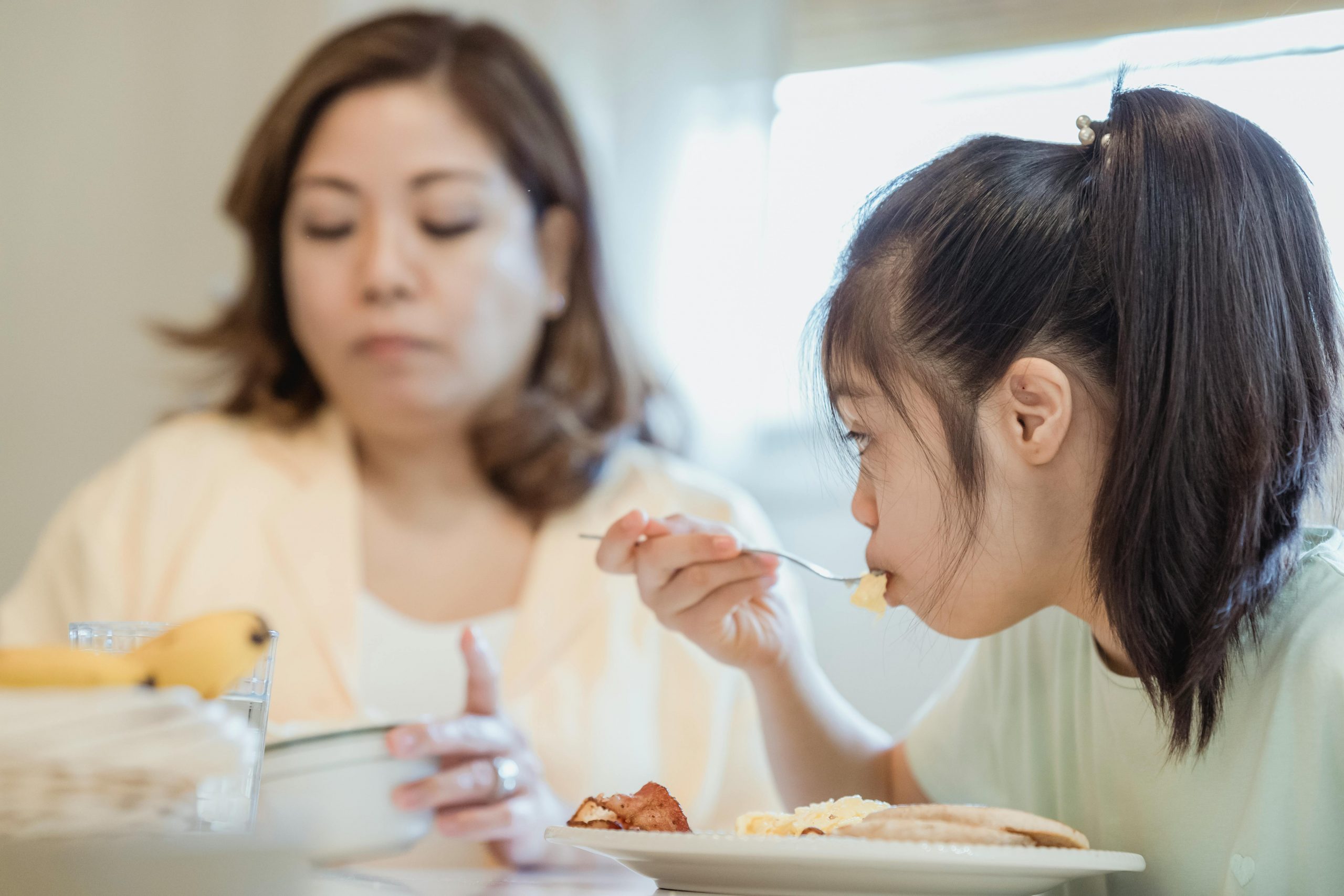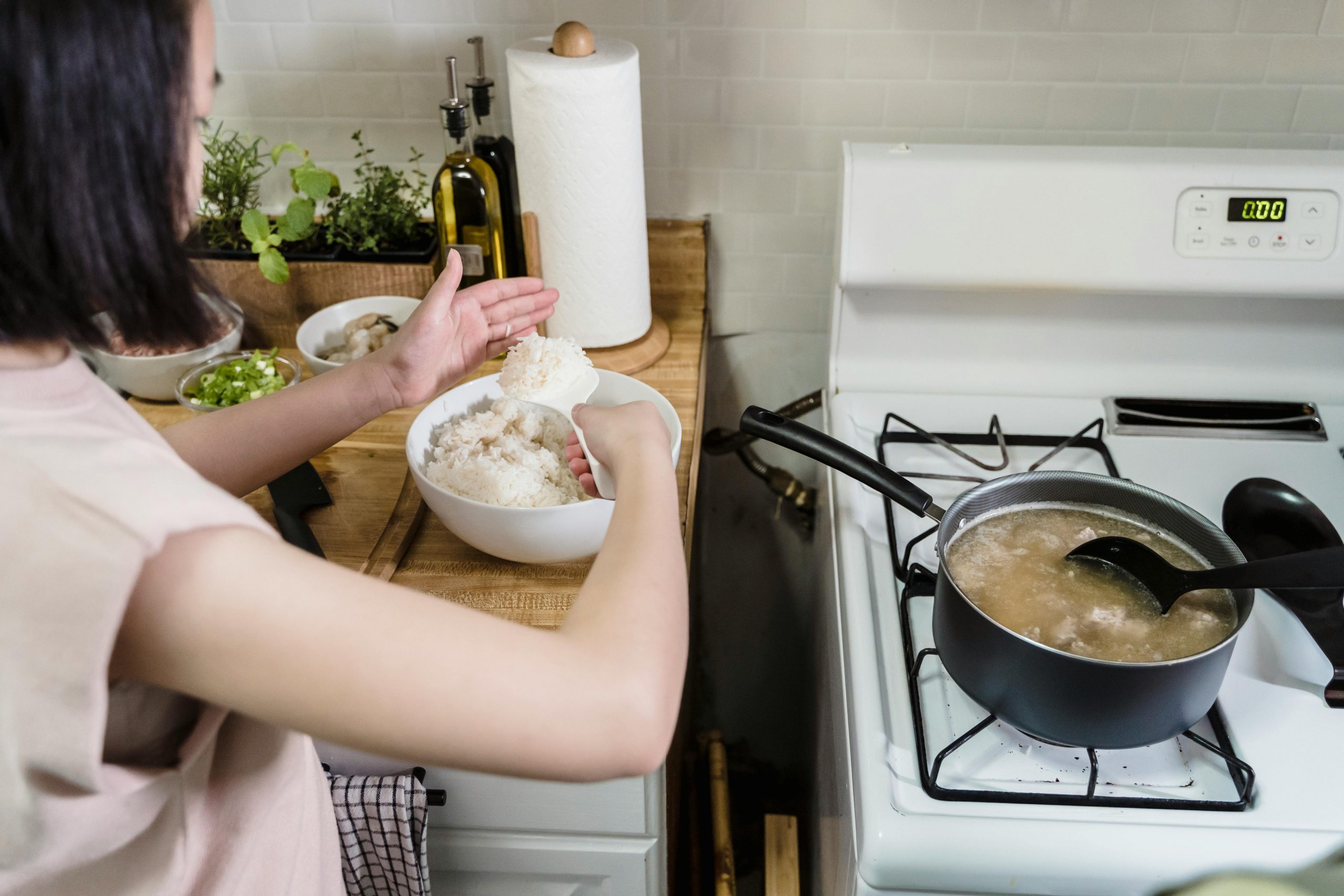

Rice is a staple food in many households, often cooked in large batches for convenience. But what happens when you have leftovers sitting in the fridge? You might wonder — can you eat cold rice safely, or do you risk getting sick?
The short answer is yes, you can eat cold rice if it’s been cooked, cooled, and stored properly. However, if handled incorrectly, rice can become a breeding ground for harmful bacteria. In this guide, we’ll cover when cold rice is safe, how to store it, and the best ways to reheat or use it in meals.
Why Cold Rice Can Be Risky
Rice can sometimes harbor Bacillus cereus, a type of bacteria that produces spores capable of surviving the cooking process. When rice is left out at room temperature, these spores can multiply and release toxins that cause food poisoning.
Key risks include:
- Improper cooling: Leaving rice out for more than two hours allows bacteria to grow quickly.
- Inadequate refrigeration: Storing rice above 40°F (4°C) promotes bacterial activity.
- Reheating mistakes: Reheating rice multiple times can increase the chance of contamination.
Symptoms of Bacillus cereus poisoning can appear within 1–5 hours and may include:
- Nausea
- Vomiting
- Stomach cramps
- Diarrhea
The good news is that these risks are preventable when you follow safe storage and handling practices.
How to Safely Store Cooked Rice
To enjoy cold rice later without risking foodborne illness, it’s essential to cool and store it properly right after cooking. Rice is particularly prone to bacterial growth when left at room temperature, so speed and temperature control are key. Follow these detailed steps to make sure your rice stays safe and fresh for later use.
Safe Storage Steps
- Cool Quickly
After cooking, remove the rice from the hot pot immediately to prevent it from sitting in residual heat. Spread it out in a thin, even layer on a clean baking tray or large plate. This allows the steam to escape and helps the rice cool faster. Ideally, the rice should reach room temperature within one hour. If you’re in a warm kitchen, you can even place the tray near a fan to help speed up the cooling process.
Tip: Never cover hot rice while cooling, as trapped moisture can create a warm, damp environment that encourages bacterial growth.
- Refrigerate Promptly
Once the rice has cooled, transfer it into a clean, airtight container. Seal it tightly to prevent moisture loss and avoid absorbing other food odors in the fridge. Place it in the refrigerator within 1–2 hours of cooking. The goal is to keep the rice at a safe temperature (below 40°F or 4°C) as quickly as possible to prevent the growth of Bacillus cereus, the bacteria responsible for rice-related food poisoning.
- Keep It Cold
Store the rice in the coldest section of your refrigerator, typically near the back or bottom shelf. Make sure your fridge temperature stays consistently below 40°F (4°C). Avoid frequently opening the container, as repeated temperature changes can cause condensation and reduce freshness.
- Limit Storage Time
Even when stored correctly, rice doesn’t last forever. Eat your refrigerated rice within 3–4 days for optimal safety and taste. After this time, bacteria may begin to multiply even at low temperatures, which can lead to spoilage. Before eating, always check for any unusual smell, texture, or color — if something seems off, discard it immediately.
Freezing Option
If you’ve cooked a large batch of rice and don’t plan to eat it within a few days, freezing is an excellent long-term storage method. When frozen properly, rice retains its texture and flavor while remaining safe to eat.
- Freeze It
After cooling, portion the rice into meal-sized amounts and transfer it into freezer-safe bags or airtight containers. Flatten the bags before sealing to help them freeze evenly and save space in your freezer. Removing as much air as possible before sealing will also reduce freezer burn.
- Label and Date
Always write the date and type of rice on the container or bag before freezing. This helps you keep track of how long it’s been stored. For the best quality and flavor, use frozen rice within one month, although it can remain safe for up to three months if stored properly.
- Reheat From Frozen
When you’re ready to use your frozen rice, you can reheat it directly from the freezer or thaw it in the refrigerator overnight. Add a small splash of water to help restore moisture, then reheat it in the microwave or on the stovetop until it’s steaming hot all the way through (165°F or 74°C). Avoid letting thawed rice sit out at room temperature before reheating, as this can promote bacterial growth.
Bonus Tip: For convenience, freeze rice in single-serving portions so you can easily reheat only what you need without thawing the entire batch.
Additional Storage Tips
- Avoid mixing fresh and leftover rice. Combining new rice with old can cause contamination.
- Use shallow containers. They help rice cool faster and store more evenly.
- Don’t store rice in the pot it was cooked in. Metal retains heat longer and slows cooling.
- Check for spoilage before eating. If rice smells sour, feels sticky or slimy, or has a grayish tint, discard it immediately.
Proper storage is one of the most important steps in keeping your rice safe and enjoyable. By cooling it quickly, storing it in airtight containers, and using it within a few days, you can confidently eat cold rice or reheat it later without worry.
When Cold Rice Is Safe to Eat
Cold rice can be safe and delicious if it was properly cooked, cooled, and refrigerated. Many dishes actually taste great cold — such as rice salads, sushi, or chilled rice bowls.
Safe to eat cold rice includes:
- Rice that was cooled and stored within two hours of cooking.
- Rice that’s been kept in a clean, airtight container in the fridge.
- Rice that hasn’t been reheated or left at room temperature for long periods.
Avoid eating cold rice if:
- It smells sour or “off.”
- It feels sticky or slimy.
- It’s been sitting out for more than two hours.
Trust your senses — if it looks, smells, or feels odd, it’s better to throw it out.
Benefits of Eating Cold Rice
Interestingly, cold rice offers more than just convenience. When rice cools, it undergoes a process that changes its nutritional structure slightly — forming resistant starch.
What Is Resistant Starch?
Resistant starch is a type of carbohydrate that isn’t fully digested in the small intestine. Instead, it behaves like fiber, feeding healthy gut bacteria and improving digestion.
Benefits include:
- Better gut health
- Improved blood sugar control
- Increased satiety (you feel fuller longer)
- Lower calorie absorption compared to freshly cooked rice
Tip: You can reheat rice and let it cool again to maintain some of the resistant starch benefits while improving taste and texture.
How to Reheat Rice Safely
If you prefer warm rice, reheating it correctly is just as important as storing it properly. Poor reheating can allow bacteria to survive and multiply.
Safe reheating methods include:
- Microwave: Add a tablespoon of water per cup of rice, cover it, and heat until steaming hot (165°F or 74°C).
- Stovetop: Stir rice with a splash of water in a skillet over medium heat until fully heated.
- Rice cooker: Use the “warm” or “reheat” function if available.
Important tips:
- Reheat rice only once.
- Never mix freshly cooked rice with old rice.
- Always discard leftovers that have been reheated once already.
Cold Rice Dishes You Can Enjoy
Cold rice is popular in many cuisines around the world. If your rice has been stored safely, you can enjoy it straight from the fridge in refreshing and flavorful dishes.
Delicious Cold Rice Ideas
- Sushi: A classic example where cold rice is essential for texture and flavor.
- Rice salads: Combine cold rice with veggies, beans, or vinaigrette for a healthy meal.
- Bibimbap: A Korean-inspired dish served with seasoned vegetables and egg.
- Poke bowls: Cold rice topped with marinated fish, avocado, and sesame seeds.
- Rice pudding: A sweet, chilled dessert made from leftover rice, milk, and sugar.
These options make good use of leftover rice without wasting food — just remember to store it safely first.
Common Mistakes to Avoid
Many cases of rice-related food poisoning come from simple mistakes that can be avoided with awareness. Here are the most common ones:
Don’t:
- Leave cooked rice out overnight.
- Store rice in the pot it was cooked in.
- Reheat rice more than once.
- Eat rice that smells or looks off.
Do:
- Store rice in airtight containers.
- Label and date your leftovers.
- Use small containers for faster cooling.
- Follow the “two-hour rule” — refrigerate rice within two hours after cooking.
How Long Can You Keep Cold Rice?
Even when stored correctly, rice won’t last forever. Bacteria can still grow slowly in the fridge, so it’s best to follow these general timelines:
- Refrigerator: 3–4 days
- Freezer: Up to 1 month
If you notice any mold, unusual smell, or color changes, discard it immediately. When in doubt, it’s better to be safe than sorry.
Comparing Cold Rice to Other Leftovers
Just like other leftovers — such as pasta, chicken, or vegetables — rice needs careful handling. The difference is that rice is more susceptible to bacterial growth if left out too long.
Other foods can often be reheated or eaten cold with fewer risks, but rice requires more caution because of the spore-forming bacteria that thrive in starchy environments.
Final Thoughts: Enjoy Cold Rice Safely
So, can you eat cold rice?
Yes — as long as it’s been cooked, cooled, and stored properly. Cold rice can be safe, nutritious, and delicious when handled with care.
Always remember:
- Cool rice quickly and refrigerate within two hours.
- Eat refrigerated rice within four days.
- Never reheat more than once.
By following these simple safety guidelines, you can confidently enjoy leftover rice in your favorite recipes — without the worry of foodborne illness.

